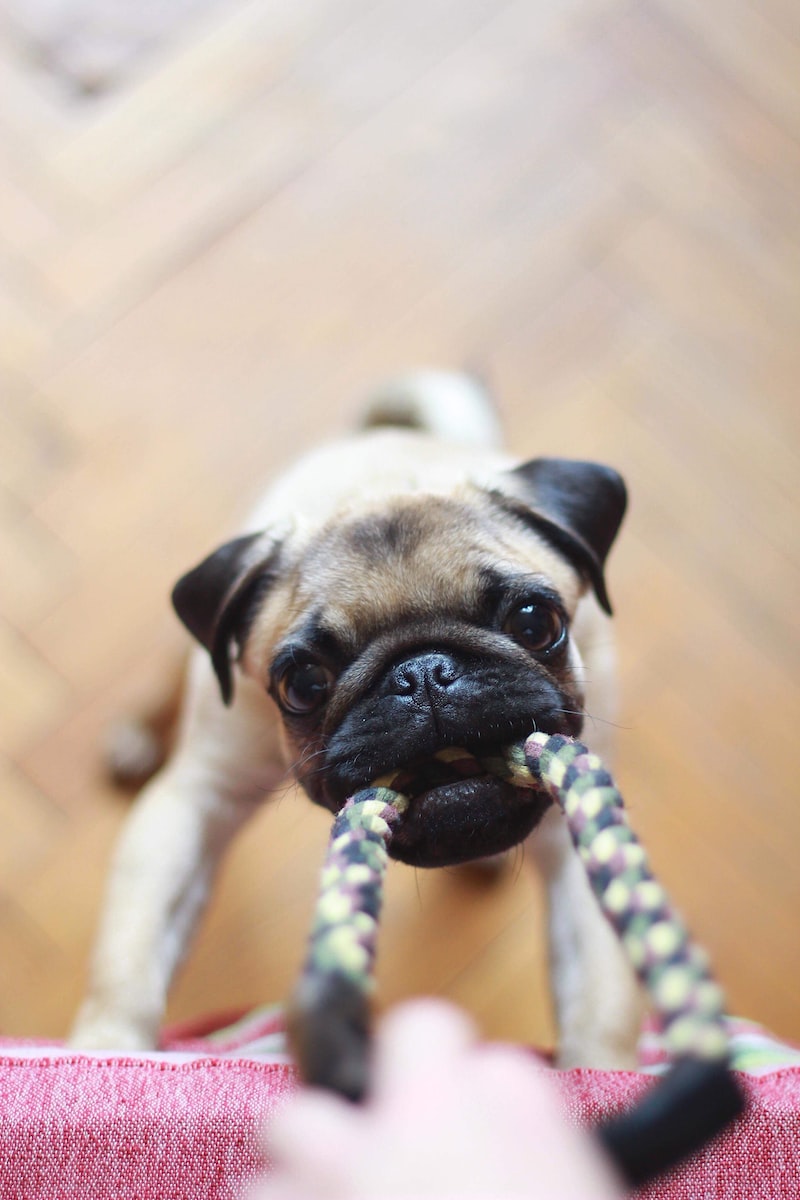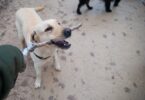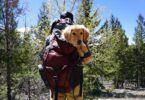It would be great if dogs were trained and had no any behavioral issues however, this isn’t actual. As with children, dogs depend on us to show them the right behavior and what’s not. The good thing is that the process of teaching dogs makes us feel more comfortable with them, and vice versa, creating an eternal connection. We’ll examine five common problems with behavior that dogs encounter and offer tips on how to tackle them.
Problem: Sniffing House Guests
Your greetings to your guests are the gesture of a hug or handshake. In the dog world, the canine “greets” another by sticking his head in the back of the dog in question, and sniffing is a method of communicating. The olfactory exchange can provide the dog with important details about their companion such as their age, health as well as the food they consumed, and even their mood. If your dog comes across someone you are participating in this same routine.
Solution:
Learn to teach your dog how to welcome two-legged guests in a more relaxed manner by teaching him to begin by saying “sit” and “stay.” After he has sat politely and offers his paw for shaking and gives him an incentive. In preventing your pet from sniffing at your guest and rewarding him when doing it and you’ll be able to teach him the new behavior that is better.
Problem Behavior: Digging in the Garden
You’re proud of your green thumb skills to cultivate delicious tomatoes or gorgeous begonias. However, your dog loves playing the role of a furry rototiller tirelessly turning the soil, and removing your gardening treasures by digging.
Digging in the garden Digging in the garden you are proud of your ability to grow delicious tomatoes or stunning begonias. Your dog is awestruck by playing the role of a furry rototiller constantly churning the soil, removing your gardening treasures by digging.
Solution:
Make sure you dedicate a part of your yard to satisfy your dog’s need to dig. It’s as easy as buying a plastic, inexpensive pool, and filling it with dirt. You can then place some dog treats and toys and you’ve made a great engaging treasure hunt for your pet.
Problem: In the Garbage Can
However disgusting it may be to you, dogs discover that “leftovers” in the trash can be deliciously delicious. However, the food items could cause stomach upset or diarrhea. Things like chocolate or household cleaners are toxic and can sometimes lead to death.
Solution:
If you can, move the trash bin into the space that has doors that can be closed. For instance, in the kitchen put the trash can in the pantry or beneath the kitchen sink, and then put locks that are child-proof on the handles of the doors. It is also possible to make the trash container less attractive by spraying repellent on dogs into it, or by putting baking soda (a flavor that dogs dislike) inside. It also comes with the benefit of being an effective deodorizer. Another approach is to buy garbage cans with sturdy and sturdy lids that your dog is unable to break open.
Problem Behavior: Leash Yanking
When you’re pulling on the leash the dimension of your dog, but the determination of his size is important. The constant tugging on the leash may make you fall over and result in injury to the neck of the dog if it is tied to an animal collar.
Solution:
If you’re taking your dog for a stroll carry a small bag of treats for you. Every time your dog stops and listens to the “watch me” cue, offer an item. The goal is to establish yourself as more important than distractions from outside like people around you or even a squirrel that is chirping. To have better control, secure the harness to your dog’s leash, rather than the collar of your dog. If your dog begins to pull, stop or abruptly start moving in the other direction. When your dog is in compliance and is walking along with you, without pulling and yanking, give him treats.
Problem: Mouthing and Nipping Hands and Ankles
Puppy’s mouths are used to explore their surroundings and to catch your eye. They are adorable as they can be however if they don’t reach the milestone of the puppy in which they have lost their first teeth the sharp, tiny teeth could cut the skin and cause injury.
Solution:
From day one, educate your puppy to wait for cues before you allow him to participate in a variety of activities. This includes prior to getting ready for a stroll on a leash before launching the game of fetch and before welcoming guests to your home. If your puppy’s teeth touch your skin, give an exaggerated sound to alert him that the hurts. This will aid in teaching the puppy to not bite. Do not pull your hand quickly out of his mouth since the rapid motion could create a play drive. Instead allow your hand to become limp while you take it away from the mouth of your pet. In the early stages of teething you should provide your puppy with plenty of chew toys that satisfy his desire to chew.
The most important thing to fix the bad behavior of the dog’s behavior is to be able to spot and correct them promptly. Follow the advice and methods in this article, and be consistent with your corrections and approaches. Pets Best customers can also get help with issues related to training via the 24 hours a day Pet Helpline as part of their Pets Best member benefits. Be aware that a calm, confident, and well-behaved dog can only be achieved by having a patient, diligent, and communicative pet owner.









Leave a Comment